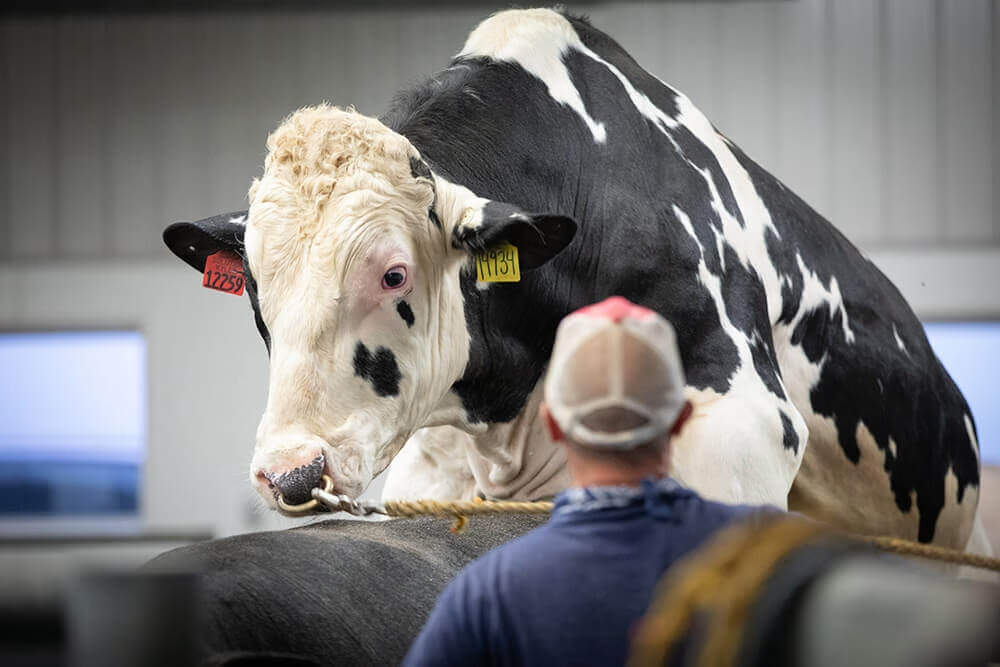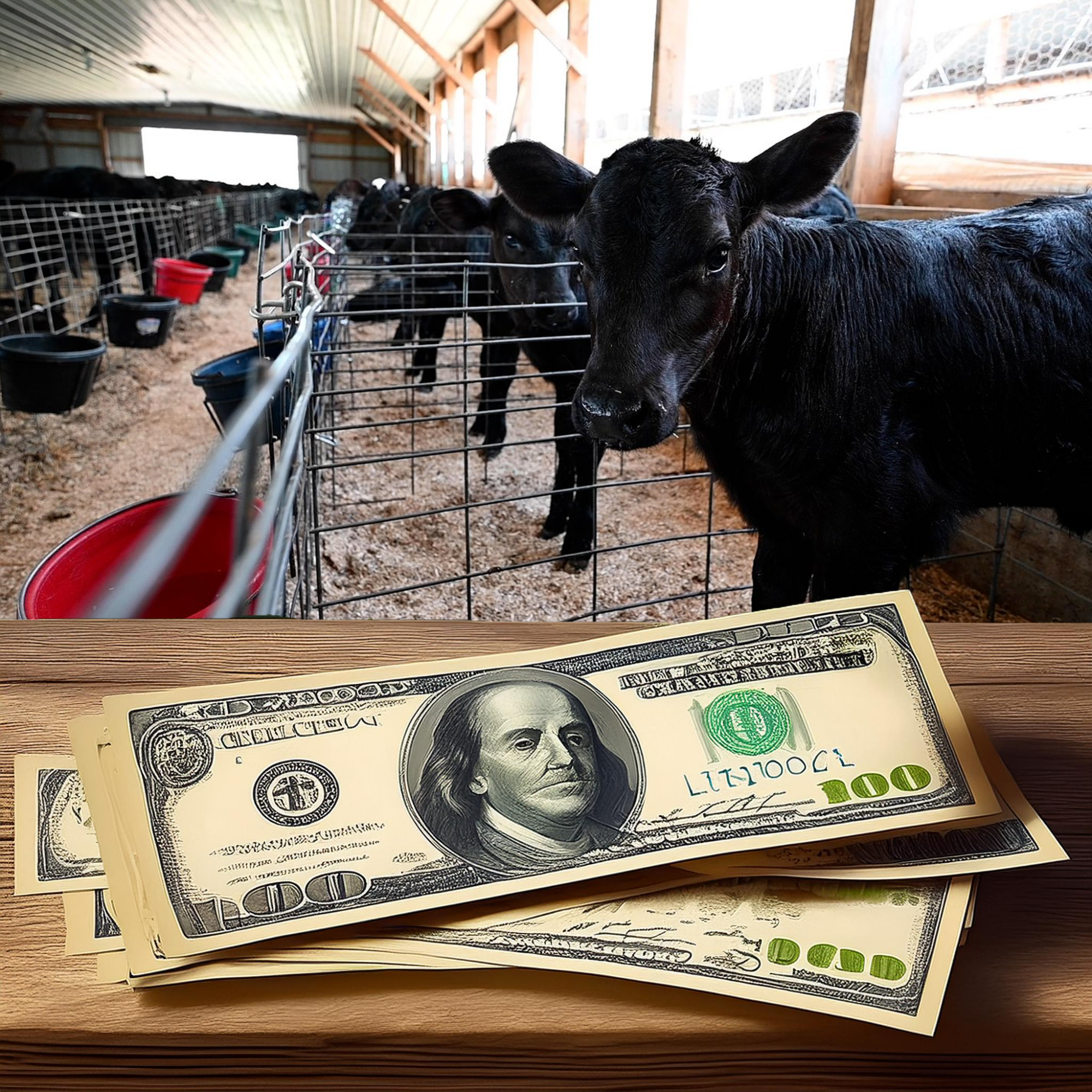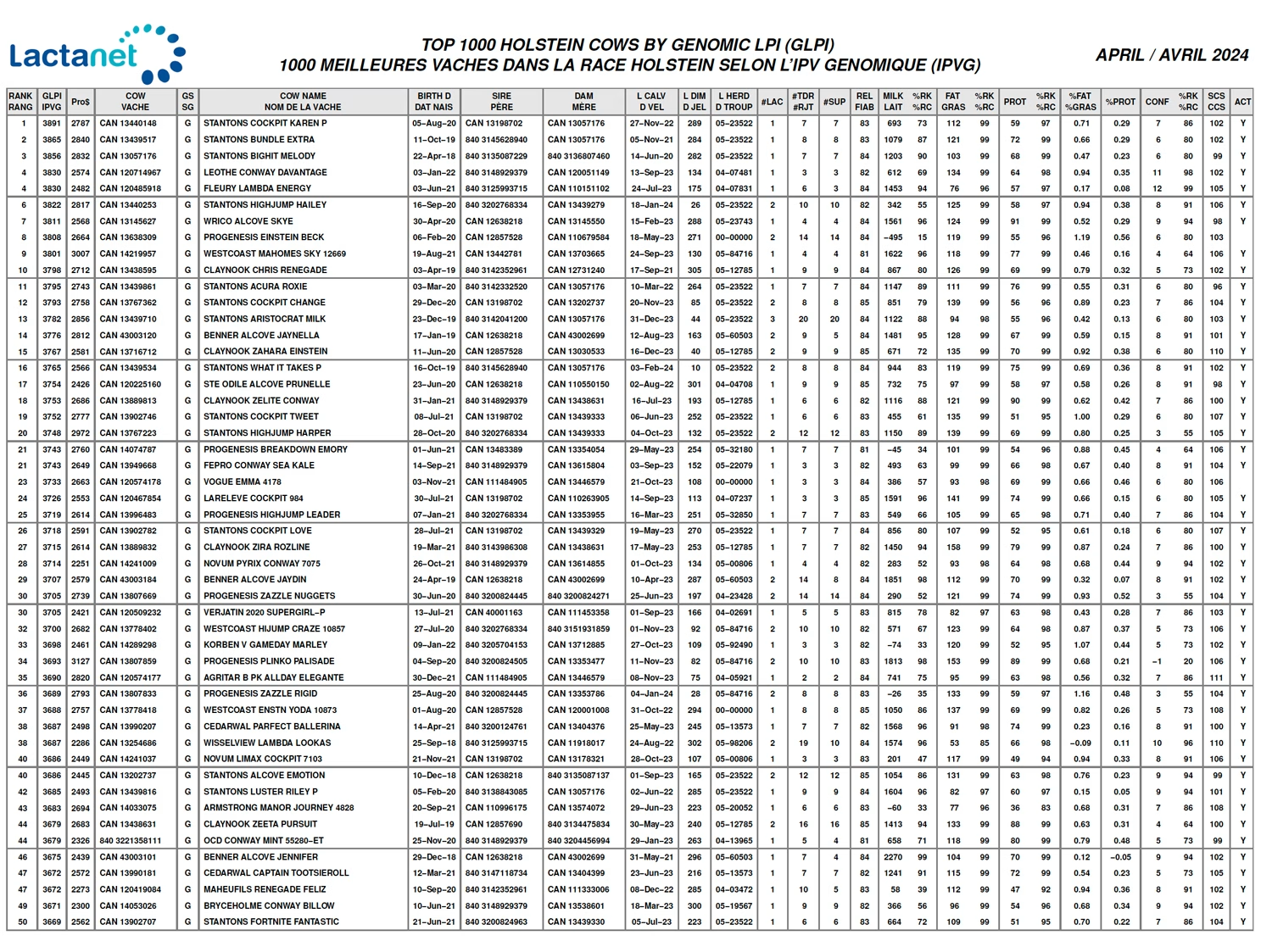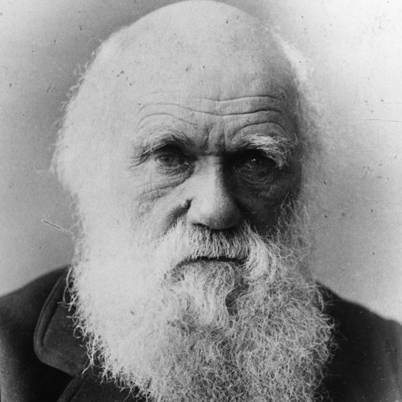Explore how enhancing bull fertility with genetic evaluations can elevate dairy production efficiency. Can improved semen quality and genomic tools revolutionize your herd?
Summary:
Assessing bull fertility is paramount to enhancing the efficiency of dairy production systems. This involves shifting the focus from traditional female-centric genetic evaluations to include male fertility traits. Key metrics such as scrotal circumference, semen quality, and sperm characteristics are essential indicators. Genetic and genomic evaluations provide powerful tools for identifying and culling young bulls with undesirable fertility traits, thereby boosting the herd’s reproductive success and economic viability. With advances in technology like computer-assisted semen analysis, the precision of these assessments has improved significantly. Currently, the industry relies heavily on scrotal circumference for fertility measurements, but incorporating additional markers like sperm volume, concentration, and motility can further enhance reproductive efficiency. Ongoing research continues to uncover vital genetic markers linked to male fertility, offering hope for future advancements in breeding programs. Ultimately, optimizing bull fertility improves conception rates and offspring performance and enhances the overall profitability of dairy operations.
Key Takeaways:
- Accurate bull fertility assessment is crucial for enhancing the efficiency of dairy production systems.
- Current US dairy industry genetic evaluations primarily focus on female fertility traits, limiting potential genetic gains from male fertility improvements.
- Scrotal circumference is the primary phenotype used in genetic evaluations of bull fertility but is insufficient.
- Advancements in technology, such as computer-assisted semen analysis, offer more objective and precise measures of semen quality.
- Genetic factors, including single nucleotide polymorphisms associated with male fertility traits, play a significant role in evaluating bull fertility.
- Selection for traits like scrotal circumference can positively impact fertility, such as calving interval and daughter pregnancy rates.
- Accurate fertility evaluations require considering factors like age, nutrition, temperature, and semen collection methods.
- Incorporating genomic predictions can significantly enhance the predictive power of bull fertility assessments.
- Improving bull fertility can lead to increased conception rates, better offspring performance, and reduced costs per pregnancy for dairy producers.

Understanding the pivotal role of bull fertility in dairy production is crucial, as it directly impacts genetic advancement and economic outcomes. Traditionally, genetic evaluations in the US dairy industry have primarily focused on females, overlooking the significance of young bulls. To enhance efficiency, it’s essential to evaluate young bulls for sperm abnormalities and semen quality. Bull fertility is not just an economic necessity; it’s the cornerstone of genetic development and agricultural earnings. Neglecting it could lead to severe consequences. Improving bull fertility benefits dairy producers by boosting conception rates, enhancing offspring performance, and reducing pregnancy costs. Currently, the industry’s reliance on scrotal circumference as a measure of fertility overlooks vital markers such as sperm volume, concentration, and motility.
Join us in advocating for the integration of genetic and genomic studies of bull fertility into breeding operations. This holistic approach is key to improving reproductive efficiency, increasing genetic gain, and promoting profitability for dairy farms.
Bull Fertility: The Driving Force Behind Successful Conception and Genetic Advancement
Bull fertility is a driving force behind successful conception and genetic advancement. It improves conception rates, leading to more successful pregnancies and increased herd reproductive efficiency, thereby facilitating a smooth cycle of production and growth.
Bull fertility affects progeny qualities. Choosing high-fertility bulls promotes good genetic features, including improved milk production and illness resistance, ultimately improving herd performance.
High fertility rates lead to lower pregnancy costs. Producers save on insemination expenses and reduce resources spent on futile efforts, resulting in more lucrative operations. This potential for increased profitability is a promising aspect of the future of dairy production.
Individual bull care and artificial insemination are vital for achieving genetic advances. A.I. enables the widespread spread of better bull genetics, accelerating genetic progress. Individual bull service allows for more regulated breeding, which improves genetic results. Both strategies are crucial for optimizing bull fertility, achieving genetic gains, and assuring sustainable dairy production.
Reevaluating Bull Fertility: Beyond Scrotal Circumference in Genetic Evaluations
Bull fertility assessment has traditionally centered on scrotal circumference measurements in the United States dairy business. This restricted method reveals a more significant difficulty in genetic tests, which mainly focus on female reproductive features. Scrotal circumference gives crucial information about a bull’s reproductive potential.
Selecting for a larger scrotal circumference has shown substantial advantages. Bulls with bigger scrotal circumferences often have shorter calving intervals, which improves reproductive efficiency. This feature has also been associated with increased pregnancy rates in their daughters, indicating hereditary benefits beyond immediate reproductive results. Incorporating scrotal circumference into genetic assessments may improve production and genetic gain in dairy cows.
Challenges in Accurate Bull Fertility Assessment: Navigating Subjectivity and External Influences
Despite breakthroughs in genetic and genomic studies, precisely determining bull fertility remains difficult. The subjective aspect of semen quality features such as motility, shape, and concentration might result in inconclusive assessments and skewed genetic predictions. These problems highlight the need for more objective evaluation approaches, such as computer-assisted sperm analysis (CASA).
External influences confound genetic assessments. Age is significant, with younger bulls potentially lacking mature semen production and older bulls displaying decreased fertility. Nutrition is critical; well-nourished bulls produce superior semen. Extreme temperatures may have a harmful influence on semen quality and production rates.
The timing and manner of collecting sperm impact sperm characteristics. The collector’s experience, collection frequency, and even tiny differences in the method all contribute to diversity. Technologies such as computer-assisted sperm analysis (CASA) provide more objective results. However, widespread adoption is required to handle these difficulties effectively.
Technological Advancements: Ushering in a New Era of Precision in Bull Fertility Assessment
Recent scientific developments have not only improved but revolutionized how we measure bull fertility, ushering in a new age of accuracy and impartiality. Computer-assisted semen analysis (CASA) offers trustworthy data for dairy farmers and geneticists, improving genetic assessments. This reassures us that the future of dairy production is in good hands.
These technologies allow for improved selection in breeding operations by measuring semen qualities directly related to fertility and quantifying sperm motility and morphology, which aids in identifying genetic markers for enhanced fertility, allowing for more informed breeding choices and faster genetic gains. Incorporating CASA into breeding operations also improves assessment efficiency. It reduces labor requirements, enabling geneticists to examine more enormous datasets quickly and precisely.
Integrating scientific developments into bull fertility tests helps dairy producers optimize herd genetics, enhance conception rates, and minimize expenditures per pregnancy, leading to increased production and profitability.
Understanding the Intricacies of Semen Production and Quality Traits in Bull Fertility: A Key to Informed Decision MakingSemen output and quality qualities are critical factors in predicting bull fertility. Scrotal circumference, readily measured by wrapping a tape around the broadest section of the scrotum, measures the bull’s sperm production capability and influences female reproductive features. A bigger scrotal circumference correlates with shorter calving intervals and higher pregnancy rates in daughters, making it an important selection factor.
Post-collection, semen volume is the overall amount of ejaculate from a single collection. In contrast, concentration represents the sperm density within it. High quantities and concentrations improve insemination success. Volume is measured using calibrated containers, while a spectrophotometer often determines concentration.
Computer-assisted semen analysis (CASA) devices quantify motility, or the capacity of sperm to move. These technologies provide exact, unbiased estimates of the motile sperm fraction and velocity. High motility is required for fertilization since sperm must reach and fertilize the ovum.
The percentage of abnormalities is the fraction of malformed sperm detected by microscopic inspection. A high number of anomalies typically indicates diminished fertility. Accurate evaluations aid in identifying bulls with superior genetic quality and reproductive potential.
These qualities are crucial for successful genetic selection and better reproductive outcomes. Advanced technology in semen analysis improves accuracy, allowing dairy farmers to make more educated breeding selections that increase genetic gain, fertility, and production efficiency.
Leveraging Genetic Correlations in Bull Fertility: An Indirect Approach to Maximizing Reproductive Success
Genetic connections are an essential topic in bull fertility. They demonstrate how multiple qualities share genetic components, implying that picking one feature may enhance another related trait. In bull fertility, these connections are critical for indirect selection tactics, which include improving visible attributes to increase harder-to-measure traits, resulting in better reproductive success.
For example, choosing bulls with bigger scrotal diameters may improve reproductive attributes. Research indicates that having a larger scrotal diameter leads to shorter calving intervals, higher daughter pregnancy rates, and more significant average daily gain. Focusing on quantitative features such as scrotal diameter might indirectly improve complex attributes required for success.
Additionally, sperm motility often corresponds with sperm concentration. Producers may also increase sperm concentration by selecting for greater sperm motility, which can be measured via modern semen analysis. This comprehensive method improves bull fertility, which drives genetic advancement in dairy herds.
Harnessing the Power of Genomic Prediction: Transforming Bull Fertility Evaluation
Genomic prediction is a novel technique that uses an individual’s genome to assess bull fertility. Researchers sequence the bull’s DNA to find single nucleotide polymorphisms (SNPs), minor genetic differences affecting fertility. Advanced computer algorithms then use this data to anticipate the bull’s breeding potential precisely.
This strategy enables early and precise selection of bulls with superior genetic features. It accelerates genetic growth in dairy cows while improving overall reproductive efficiency and production.
The genes NYD-SP5 and PIAS1 on chromosome 1 play a vital role in sperm formation and are associated with male fertility. The genes TMEM119 on chromosome 17 and PIWIL3 are crucial for sperm production and function. COX7A2L on chromosome 11 and SLC25A31 also affect sperm motility by regulating energy metabolism. CDH18 promotes cell-to-cell adhesion and sperm motility, whereas KCNU1 regulates sperm shape and movement.
Dairy farmers may improve breeding efficiency by incorporating genetic information into their selections. Genomic studies’ predictive capacity drives breakthroughs in herd genetics, assuring dairy production’s long-term sustainability and profitability.
Maximizing Economic Gains Through Enhanced Bull Fertility: A Pivotal Strategy for Dairy Farmers
The economic relevance of bull fertility for dairy production cannot be overstated. Improved bull fertility corresponds with higher conception rates, increasing herd production and milk output. A viable bull ensures that more inseminations result in successful conceptions, optimizing the herd’s reproductive cycle. This leads to less energy wasted on unsuccessful mating attempts and a more efficient lactation cycle, crucial for optimal milk production.
Furthermore, increasing bull fertility leads to better herd health. Bulls with good sperm quality and genetic traits are more likely to produce healthy calves. This amounts to lower veterinary expenses and fewer disease outbreaks, which might result in significant economic losses. Healthier cows are more productive, increasing milk yield and herd efficiency.
Improved bull fecundity benefits profitability and return on investment (ROI). Better fertility rates lower the cost per pregnancy, an essential metric for dairy farmers. Farmers may transfer resources to other vital areas of their company by getting pregnancies more efficiently, enhancing overall production and profitability. Furthermore, genetic advancement generated by choosing high-fertility bulls may improve the overall quality of the herd, resulting in long-term gains in milk production and cattle quality.
Bull fertility, economic efficiency, and ROI convergence are crucial to long-term dairy production. Dairy farmers may utilize strategic selection and breeding programs to promote bull fertility, resulting in immediate increases in conception rates and milk outputs and long-term benefits in herd health and profitability. The economic ripple effect shows that investing in genetic and genomic evaluations of bull fertility is vital for improving dairy sector profitability.
Global Practices in Bull Fertility and Genetic Evaluations: Integrating Innovation and Tradition
Globally, bull fertility and genetic assessments in dairy production systems demonstrate various techniques that reflect common ideas and distinct approaches. In the United States, genetic examination focuses mainly on the female population, with minimal use of male fertility characteristics such as scrotal diameter. Although helpful to some degree, this strategy may overlook crucial genetic features in bulls that impact total herd fertility.
Countries such as Canada and certain European nations, notably the Netherlands and Germany, use comprehensive genetic screening procedures that include both male and female reproductive features. These nations often include substantial data from male fertility characteristics, such as semen quality attributes and sperm motility, in their genetic analyses. Notably, these areas prioritize research and technological innovation, introducing advanced technologies like computer-assisted sperm analysis (CASA) sooner and more extensively than their American equivalents.
In New Zealand and Australia, the focus on bull fertility corresponds closely to pasture-based dairy systems. Genetic assessments often concentrate on features that improve fertility and adaptation to specific environmental situations. Integrating genomic data is critical, focusing on discovering single nucleotide polymorphisms (SNPs) related to reproductive features across various climatic situations, guaranteeing robust and resilient dairy production.
These worldwide techniques are similar in that they all aim to improve reproductive efficiency and genetic gain. All major dairy-producing nations acknowledge the importance of genetic and genomic techniques in increasing reproductive qualities but with varied degrees of focus on male vs. female assessments. Furthermore, the convergence in using technology improvements to acquire more objective assessments of reproductive features demonstrates a shared path toward precision dairy production.
However, the variances are also significant. The United States remains relatively unusual in its female-centric genetic examination technique. At the same time, other major dairy countries use a more balanced approach, which may provide a broader tapestry of genetic insights. This emphasizes the significance of a more integrated assessment approach that captures various reproductive parameters and fully utilizes genetic technology to promote future dairy production efficiency.
The Bottom Line
The significance of increasing bull fertility in dairy production cannot be understated. Genetic and genomic assessments provide critical insights into sperm quality and reproductive features, influencing conception rates and herd genetic gain. Using scrotal circumference as the only male fertility indicator suggests the possibility for an increase via detailed trait assessments.
Subjectivity and factors such as age, diet, and temperature challenge traditional sperm quality measurements—sophisticated technology, such as computer-assisted sperm analysis, results in more objective assessments. Genetic relationships among fertility parameters help guide indirect selection approaches for improving reproductive success.
Genomic discoveries have found gene markers related to male fertility, highlighting the potential for precision breeding programs. To optimize these advances, a matching emphasis on dairy cow reproductive characteristic phenotypes is required. This comprehensive strategy will improve reproductive efficiency and profitability, securing the future of dairy production in a competitive agricultural market.
Learn more:
- Maximizing Dairy Cow Fertility Through Genetic Selection: Current Strategies and Future Directions
- A Comprehensive Guide to Enhanced Genetic Selection
- Wham! Bam! Thank You, Ma’am…Why breeding decisions require more thought and consideration
 Join the Revolution!
Join the Revolution!
Bullvine Daily is your essential e-zine for staying ahead in the dairy industry. With over 30,000 subscribers, we bring you the week’s top news, helping you manage tasks efficiently. Stay informed about milk production, tech adoption, and more, so you can concentrate on your dairy operations.







 Join the Revolution!
Join the Revolution!











